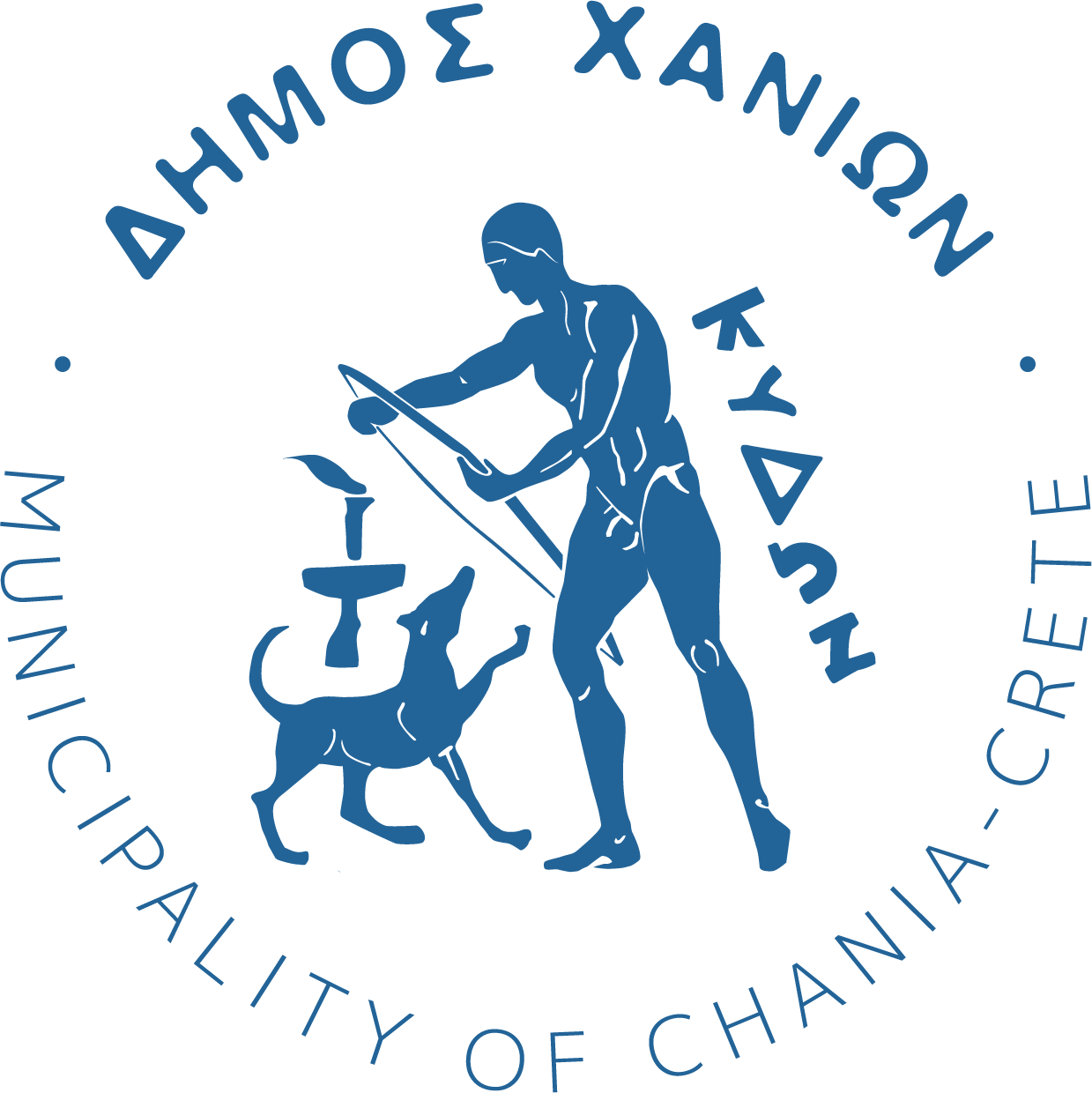The complex of the Venetian Government House, called Palazzo, located at the northern end of Kastelli, at the end of the road Lithinon. Today survives the ground floor and part of the floor, while on the side of the road Lithinon survives the doorframe on which is written the date 1624. Near this, it was the Ottoman Government House and the Prison, currently housing the services of theTechnical University of Crete.
During the last revolution (1897) in the area of Prophet Ilias, the Cretan Revolutionary Camp was established. On the morning of the 9th February 1897 a skirmish between Christians and Turks had begun. Eleftherios Venizelos was in negotiations with the heads of the European Powers, while the Turkish military commander for the first time visited that day the flagships of their warships anchored outside the port of Chania. Around 3.30 p.m. the signal was given by the Italian flagship and terrible shots and mortars began to fall against the trenches throughout the area and especially on the Prophet Elias, where the Greek flag was flying, gift of the grandson of Admiral Kanaris to Eleftherios Venizelos and the then archimandrite Chrysanthos Tsepetakis for the Revolutionary Camp of Akrotiri. The bombardment was continuous – many shells fell from Christians against Christians. And in the storm of fire “…a piece of bullet brought down the flag, but the brave commander Mich. Calorrizikos ordered that she be restored. However, the fearless soldier Spyros Kayaledakis, in the midst of the hail of high-ball shells, grabbed the short and raised the flag in its forward position… Shortly after the flag was raised, the fire of the battle stopped, and at the same time the European televsions fell silent…” (Georgiou A. Sifaka “The Rebels” Akrotiri Camp – Diary and Minutes 1897″).
This event that characterizes the Revolution, the self-sacrifice of the Cretan warrior hero who put his body against the volleys, a living shield of the great Ideal, a sacred pillar of the National, is also represented by the large statue that adorns the space.
In the landscaped area and next to the church, the Ethnarchis Eleftherios Venizelos and his second son Sophocles Venizelos, Leader of the Liberals and Prime Minister as well, are buried. On the Ethnarch’s tomb is recorded his funeral, which he delivered himself in 1932. On the south side of the tomb is inscribed verbatim the text:
“The deceased in question, dear friends, was a true man of great courage and self-confidence both for himself and for the people he was called to rule. Perhaps he made many mistakes but he never lost his courage, he was never a fatalist because he never expected fate to see his country advanced but he put at her service all the fire that he had within him, every mental and physical strength.
Epitaph self-proclaimed by the deceased in question in the Hellenic Parliament on April 28, 1932”.


